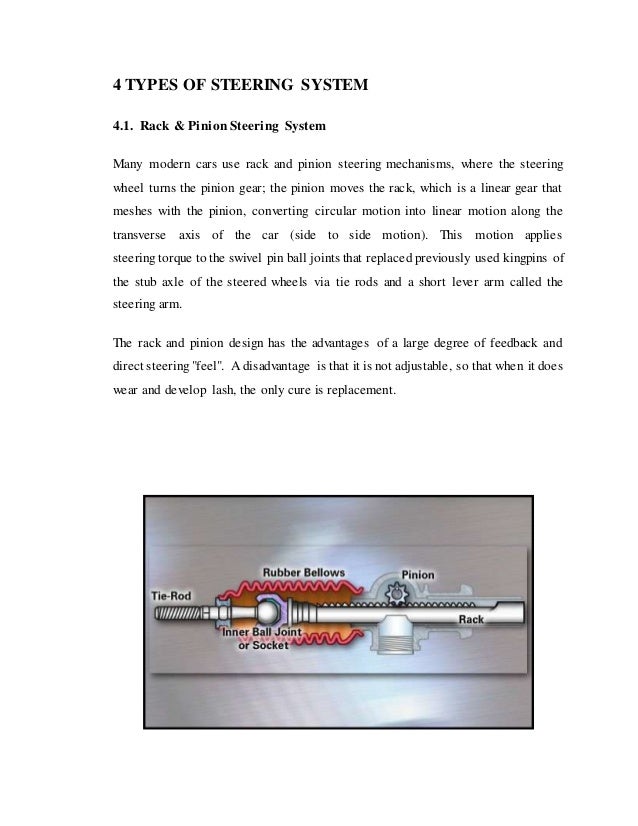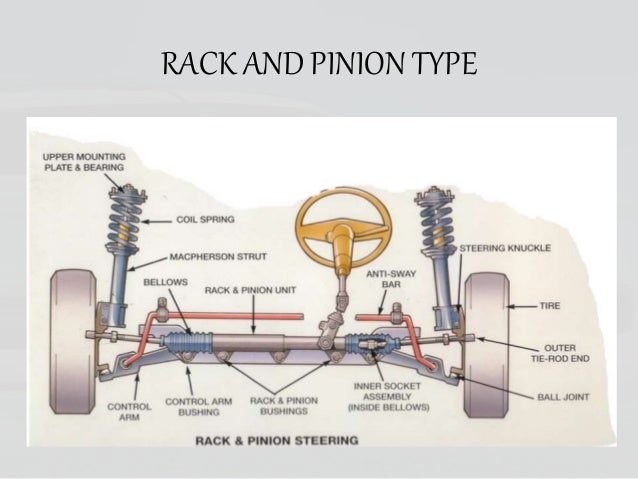

- Advantages of power assisted steering vs manual steering drivers#
- Advantages of power assisted steering vs manual steering driver#
Their function makes them appear like a blend of the two steering systems.Ī speed sensing/sensitive steering system reduces the torque applied by the power steering when the vehicle is cruising at high speeds to allow a driver get a more authentic feel of the road. To address this, many vehicles with power steering racks are equipped with speed sensing steering systems.
Advantages of power assisted steering vs manual steering drivers#
One concern for many drivers is that power-augmented steering takes away the feel of the road.

With power-assisted steering, the exhaustion drivers experience is greatly reduced when driving at slow speeds, making for greater enjoyment when driving. The characteristic slow-moving traffic on city roads makes the driving experience an arduous one for drivers of manual steering automobiles. Power steering is essential for any vehicle with wide wheels, and is why some owners with wide-wheeled manual steering vehicles modify the steering rack to power steering. If you attempt making a turn on the road or pulling up at a parking spot on a manual steering vehicle with wide tires, you will appreciate that it is strenuous. Easier to steer vehicles with wider tires With a power assist, the steering becomes augmented through mechanical components, reducing the effort needed to steer a vehicle.

For some, this puts a damper on the fun of driving. The energy needed to make the seemingly endless rotations on a manual steering in a heavy and/or long vehicle is a lot. Less effort needed when steering heavy vehicles Power-assisted steering has a number of benefits that make it an essential component in many vehicles on the road today. Electric & Electrohydraulic Power Steering Systems Benefits of Power Steering.Hydraulic Power Steering Systems in the Mass Market.Commercial Production: Chrysler’s Hydraguide.World War II, a Catalyst in the Enhancement of Power Steering Systems.From Design to Reality: Engineer Francis W.


 0 kommentar(er)
0 kommentar(er)
